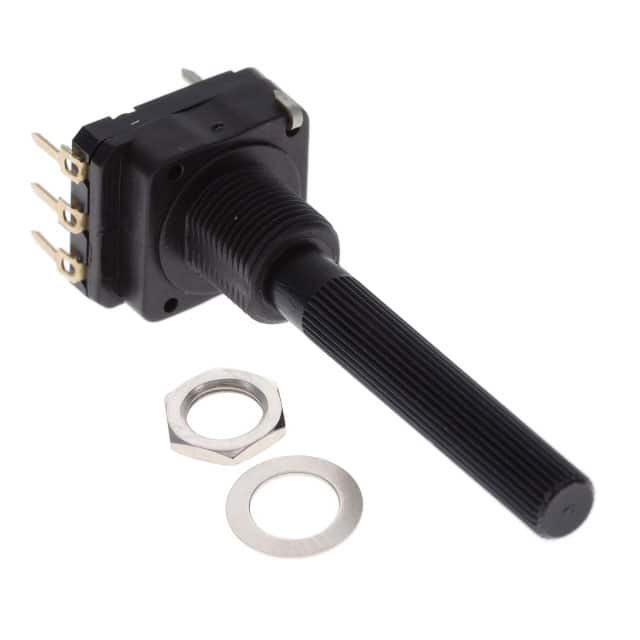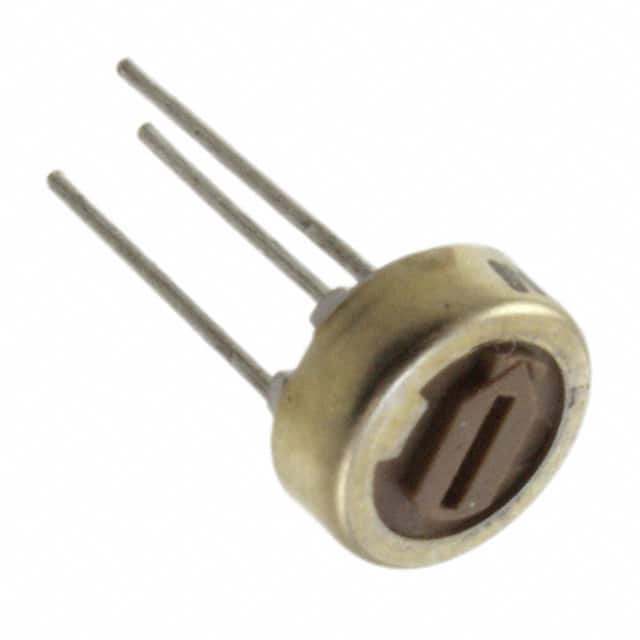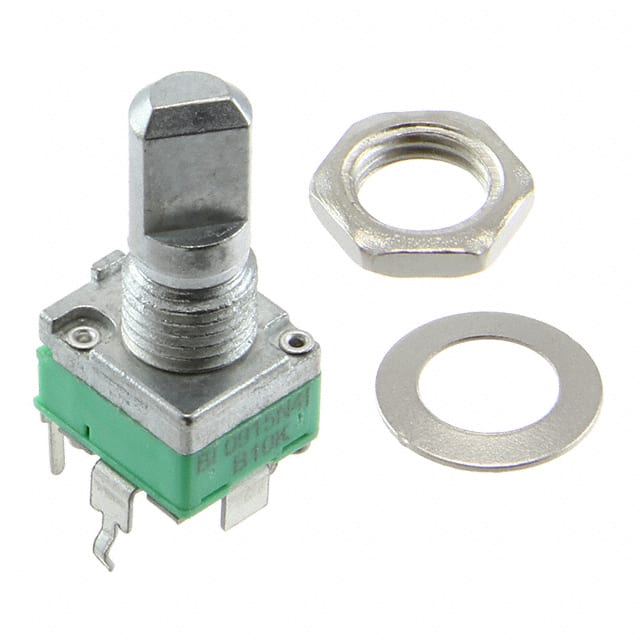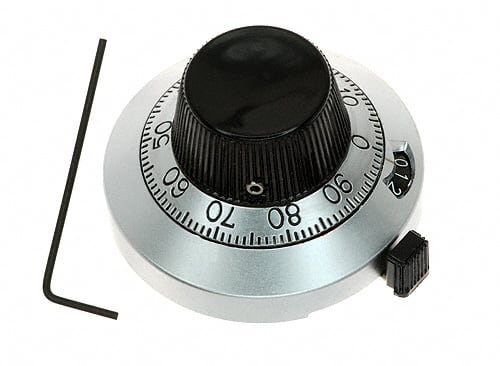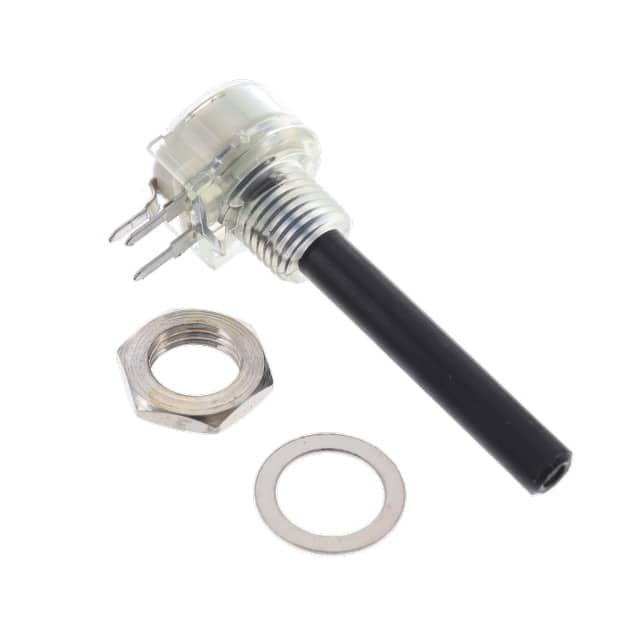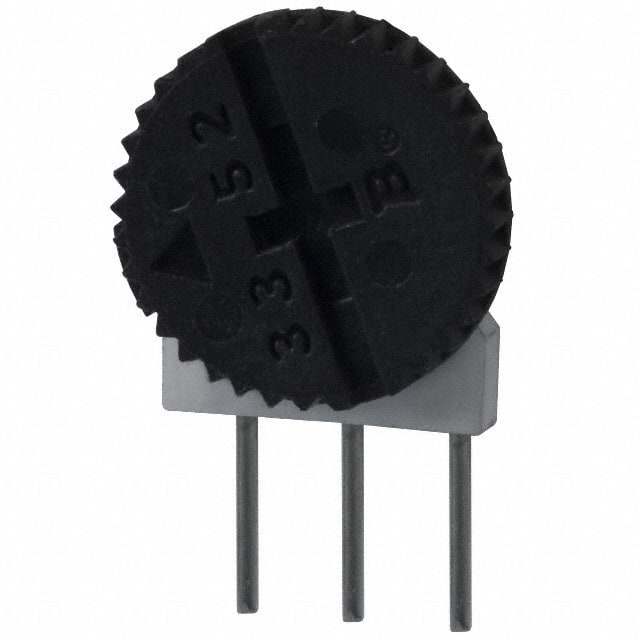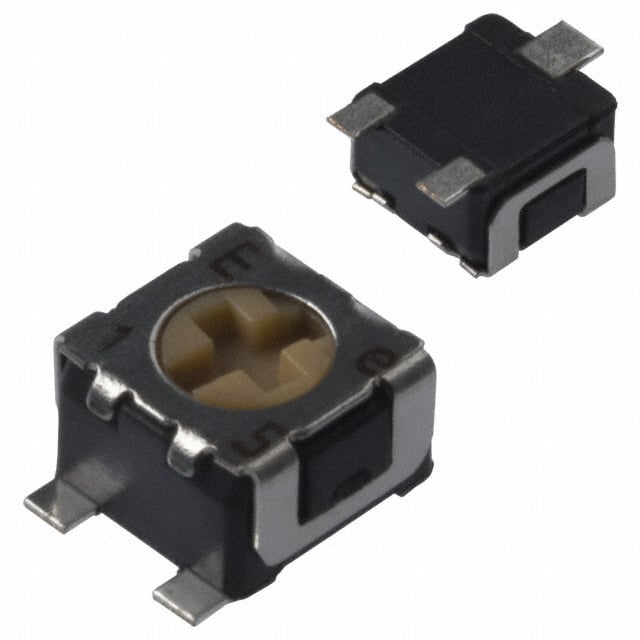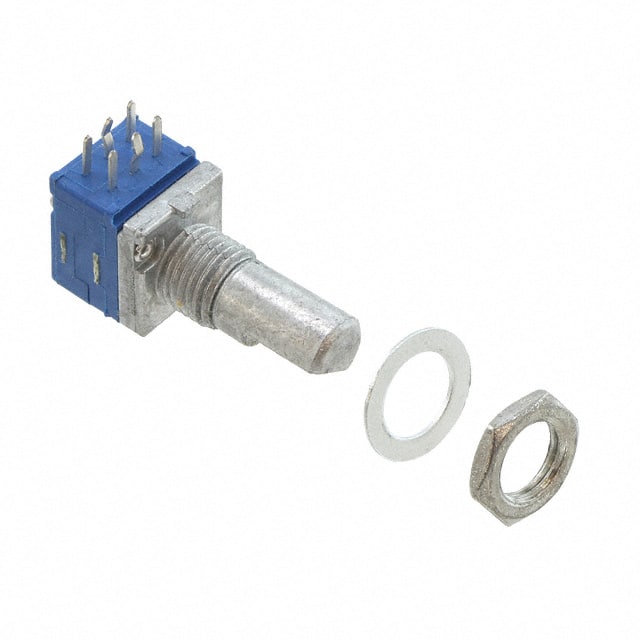
Potentiometers,Variable Resistors 31,181+ Parts
Potentiometer, Variable Resistor Categories Description
Potentiometers and variable resistors are passive components used in electronic circuits to adjust the resistance value. As a electronic components distributor, we provide the following types of potentiometers, variable resistors and accessories: adjustable power resistors, rotary potentiometers & rheostats, dials, slide potentiometers, thumbwheel potentiometers, fine-tuning potentiometers, numerical display potentiometers, etc.
Potentiometer definition
A potentiometer is a three-terminal variable resistor that is usually used to adjust voltage distribution or as an adjustable voltage divider. The main function of a potentiometer is to adjust the position of its sliding end (i.e., the "middle end" or "wiper") by rotating or sliding, thereby changing its output voltage.
Common potentiometer applications
Volume control: Potentiometers are often used in audio equipment to change the amplitude of the input signal and control the volume by adjusting the potentiometer.
Voltage adjustment: In power circuits, potentiometers are used to adjust the output voltage to suit different load requirements.
Sensor adjustment: In sensor circuits, potentiometers are used to calibrate or fine-tune the output signal of the sensor.
Variable Resistor Definition
A variable resistor is a component used to adjust the resistance value in a circuit. Its structure and function are similar to those of a potentiometer, but it is usually used to adjust only the resistance value rather than the voltage distribution.
Structure of a variable resistor
A variable resistor also has two fixed terminals and a movable sliding terminal, but in many applications, the sliding terminal is connected to a fixed terminal, making it a two-terminal device that acts like an adjustable version of a normal resistor.
Common variable resistor applications
Regulating current: In current control circuits, the current through the circuit can be adjusted by changing the resistance value of the variable resistor.
Adjusting bias voltage: In amplifier circuits, variable resistors are used to adjust the bias voltage of transistors or operational amplifiers.
Calibration circuits: In sensors and measuring devices, they are used to calibrate output signals to ensure accuracy.
Potentiometers and variable resistors are both important adjustable components. Potentiometers are mainly used to adjust voltage (as a voltage divider), while variable resistors are used to adjust resistance values (control current or voltage). They play a role in regulation and control in various electronic circuits and are widely used in audio equipment, power supply circuits, sensors, and measuring instruments.
Potentiometers,Variable Resistors Subcategories
Accessories for Potentiometers, Variable Resistors 183
Explore components
Adjustable Power Resistor 1330
Explore components
Rotary Potentiometers, Rheostats 9840
Explore components
Scale Dials 84
Explore components
Slide Potentiometers 918
Explore components
Thumbwheel Potentiometers 364
Explore components
Trimmer Potentiometers 18435
Explore components
Value Display Potentiometers 27
Explore components
Certified Manufacturers
Adafruit Industries LLC
26 Products
KYOCERA AVX
54 Products
Piher
42 Products
Bourns
36 Products
c3controls
6 Products
CUI Devices
44 Products
Dart Controls
1 Products
EAO
1 Products
Electro-Sensors, Inc.
1 Products
Galco Industrial Electronics
1 Products
Gearbox Labs
1 Products
Honeywell
5 Products
Kilo International
7 Products
Littelfuse
1 Products
Nidec Components(U.S.A)
135 Products
NTE Electronics Inc.
43 Products
Ohmite
22 Products
Panasonic
277 Products
Phoenix Contact
2 Products
Precision Electronics Corporation
4 Products
BEI Sensors SAS
7 Products
Siemens
4 Products
TT Electronics
2 Products
TubeDepot
84 Products
CTS Corporation
5 Products
Vishay
49 Products
Vishay Foil Resistors (Division of Vishay Precision Group)
258 Products
Vishay Huntington Electric Inc.
51 Products
Waldom Electronics
5 Products
TE Connectivity
7 Products
Parallax
1 Products
SparkFun Electronics
1 Products


